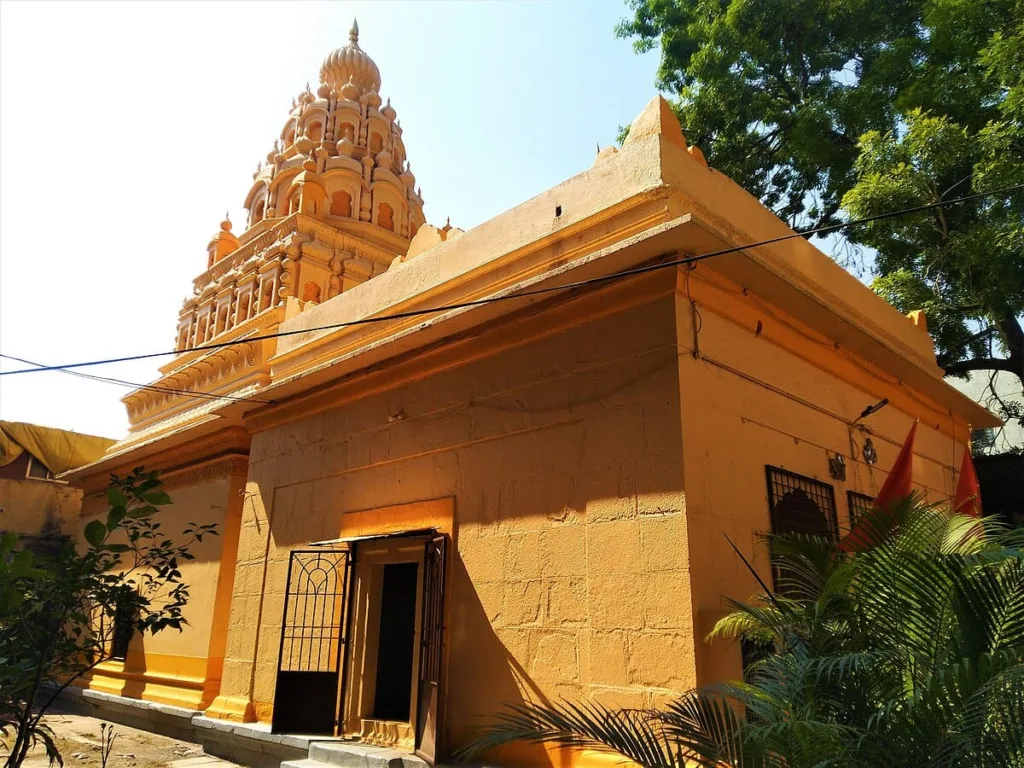Faded Glory: The 255-Year-Old Rameshwar Temple in Pune, Once Among the Richest, Fades into Obscurity

Faded Glory: The 255-Year-Old Rameshwar Temple in Pune, Once Among the Richest, Fades into Obscurity
Built during 1768-70 by Sardar Govind Shivram Limaye, the Rameshwar Temple in Pune was once a prominent religious complex, enriched with history and wealth.
A creation of the Peshwa period, it stood alongside two other major temples constructed during that era. However, despite its illustrious past, the temple now languishes in relative obscurity, overshadowed by urban development.
History and Significance:
The Rameshwar Temple, a private complex with two distinct temples, held prominence in Pune’s Shukrawar Peth. Constructed by Sardar Govind Shivram Limaye, a key figure in the Peshwa’s court during its prime, the temple boasted architectural grandeur and religious significance. It was part of the trio of major temples built in the latter part of the Peshwa period, alongside the Ram Temple in Tulshibaug and Vishnu Temple in Belbaug.

Development and Decline:
Shukrawar Peth, developed by Jiwajipant Limaye (Khasgiwale), witnessed the establishment of the Rameshwar Temple as part of a private complex. Govindrao, the son of Shivram Khasgiwale, continued the development, enhancing the area with the Chakle Baug garden.
The temple walls, crafted from stone, housed a conical dome adorned with a gold-plated top. It thrived as one of the wealthiest and most serene temples in the old city area.
Despite its grandeur, the temple faced a gradual decline post the end of the Peshwa rule in 1818. The shrinking influence and wealth of the Sardars marked a turning point. The estate’s glory persisted until 1867, as chronicled by N V Zoshi in ‘Pune Shahrache Varnan.’ However, subsequent decades witnessed a diminishing legacy.
In the mid-1880s, the British administration decided to build the Reay Market, an enclosed vegetable and fruit market, in the Chakle Baug area.
The administration acquired a significant portion of the garden, excluding the temple complex and the Khasgiwale wada, for Rs 40,000. This marked a pivotal moment as the commercial development in the vicinity overshadowed the temple, relegating it to a small approach lane.
Today, the Rameshwar Temple stands as a testament to a bygone era, surrounded by urban structures, shops, and apartments. Its conical dome peeks through the encroachments, offering a glimpse of its faded glory.
The Khasgiwale wada, which stood as a witness to history, was eventually demolished, leaving the temple as the lone remnant of its illustrious past.
The once-rich temple has faded into obscurity, a silent witness to the passage of time and the changing landscape of Pune.








